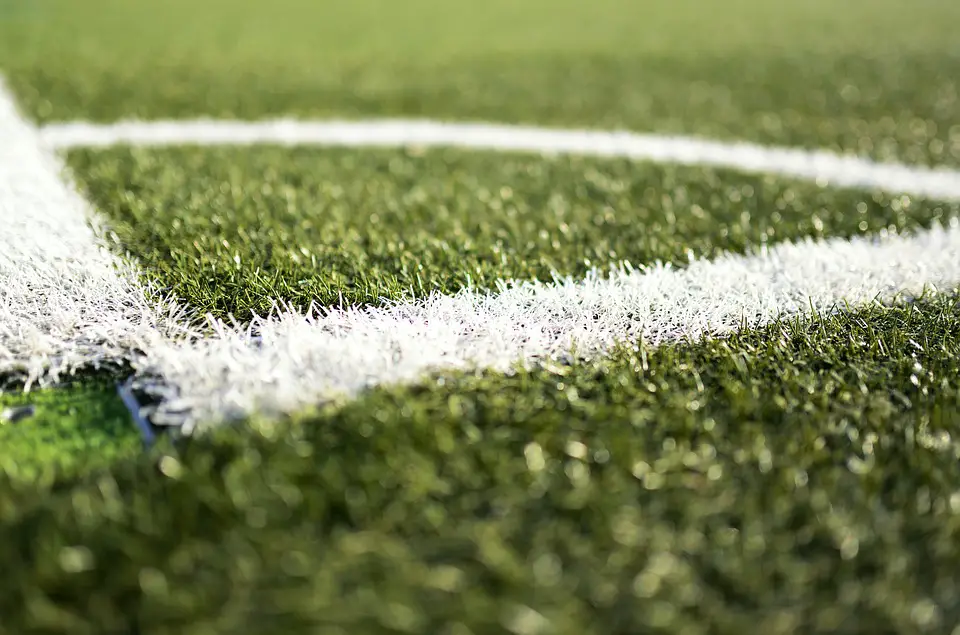Introduction
Is your lawn looking dull, dry, and patchy? Don’t worry, you are not alone! Many homeowners face the challenge of maintaining a lush and healthy lawn. However, with the right knowledge and techniques, you can transform your lawn and bring it back to life. In this article, we will provide you with expert advice on reviving your lawn and achieving that picture-perfect green carpet you’ve always dreamed of.
1. Understanding the Problems
Before we jump into the solutions, it’s important to understand the underlying problems that may be causing your dry, patchy grass. There could be multiple factors at play, such as insufficient watering, ineffective fertilization, soil compaction, pests, or diseases. By identifying the root cause(s), you can tailor your lawn care approach accordingly.
2. Proper Watering Techniques
One of the most common mistakes homeowners make is over or under-watering their lawns. To revive your grass, it’s crucial to water it deeply and consistently. Aim for about an inch of water per week, either from rainfall or irrigation. However, be mindful of local water restrictions and adjust your watering schedule accordingly. Additionally, consider investing in a smart irrigation system that can optimize water usage based on weather conditions and moisture levels in the soil.
3. Soil Aeration and Fertilization
Compact soil can hinder water and nutrient absorption, causing your grass to suffer. By aerating your lawn, you can create channels for air, water, and fertilizer to reach the root zone. Rent or purchase a core aerator and run it over your lawn, focusing on high-traffic areas and compacted regions. Once you’ve aerated, it’s time to fertilize. Choose a high-quality, slow-release fertilizer and apply it according to the manufacturer’s instructions. Fertilization will replenish essential nutrients and promote healthy growth.
4. Reseeding and Overseeding
Patchy areas can be revived through reseeding or overseeding. Reseeding involves removing dead grass and adding new seed to bare spots. Rake the area to remove debris and loosen the soil, then spread the grass seed evenly. Water the area regularly until the new grass establishes. Overseeding, on the other hand, involves adding seed to existing turf to thicken it up. By introducing more desirable grass varieties, you can outcompete weeds and improve the overall appearance of your lawn.
5. Pest and Disease Control
Pests and diseases can wreak havoc on your grass, leading to unsightly patches and stunted growth. Identify common lawn pests in your area and take appropriate measures to control them. This may include using organic pest repellents or seeking professional assistance for severe infestations. Similarly, keep an eye out for signs of diseases, such as discolored or wilting grass. Treat the affected areas with appropriate fungicides to stop the spread and promote recovery.
FAQs Section
Q: How often should I water my lawn?
A: It’s best to water your lawn deeply once or twice a week, providing about an inch of water. This encourages deep root growth and makes your grass more resilient to drought conditions.
Q: Can I use any type of fertilizer for my lawn?
A: It’s important to choose a fertilizer that is suitable for your grass type, soil conditions, and seasonal requirements. Consult with a local garden center or lawn care professional to determine the appropriate fertilizer for your specific needs.
Q: How do I know if my lawn has pests or diseases?
A: Look out for signs such as yellowing or browning patches, chewed grass blades, tunneling, or visible pests. If you suspect pests or diseases, consider consulting with a lawn care expert to identify the issue and recommend a suitable treatment plan.
Q: Can I revive my lawn on my own, or should I hire a professional?
A: The extent of lawn revival required and your level of experience will determine whether you can handle it yourself or need professional assistance. Simple maintenance tasks can usually be done by homeowners, but for severe problems or larger areas, consulting a professional may yield better results.




